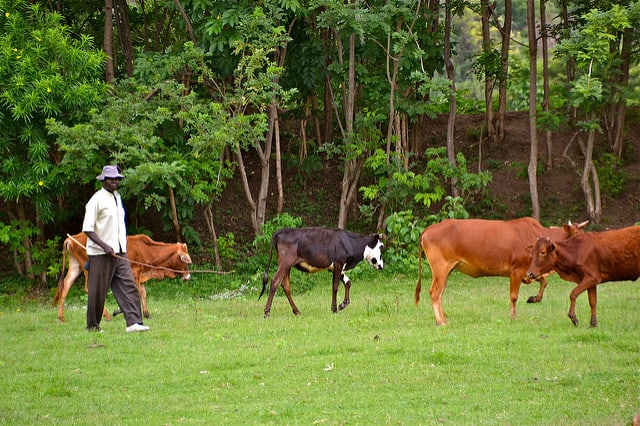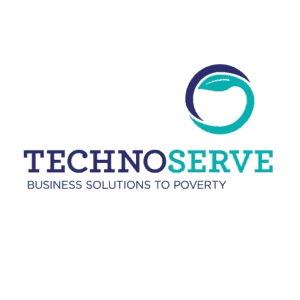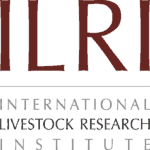
Inspire Challenge 2017 Proposal
Livestock monitoring from the sky
In the African arid lands, common pastoral production systems regularly fail to provide decent livelihoods to local, pastoral communities.
Often the cause of this is an external shock such as rain failure or a disease outbreak. Intervening in this system is challenging, due to the wide dispersal of livestock in remote rural areas, the constant movement of livestock and the lack of reliable information about total herd sizes.
Being able to predict in near real-time where livestock populations are located will help to address many constraints in the pastoral production systems. Two examples:
- Pastoralists are unable to source sufficient veterinary supplies and other animal services because the lack of market size prediction creates a perverse incentive to under-provide veterinary products some of which require cooling, in order to minimize financial losses for authorities and agrovet companies. This is even a more urgent problem during disease outbreaks that require governmental intervention.
- Governments and conservancies have a hard time regulating access to pasture, a critical success factor for sustainable rangeland management, as it is difficult and costly to control if there are animals in a closed area.
An idea to solve this
Livestock monitoring from the sky aims at exploring how data at different scales can be collected, validated and used to provide a near real-time prediction of livestock numbers in a specific location.
In particular, it will explore how high-resolution satellite images can be used as a basis for monitoring livestock and test various forms of validation for this.
A combination of drone images taken at the same time and location as the satellite images as well as crowd-sourced human eye image validation can establish accuracy and reliability.
Also, a feasibility study will explore how the access to near real-time mobile phone communication data from mobile network operators, and how it could enhance livestock prediction without relying on satellite images.
The predicted impact
Service providers and rangeland managers will rely on digital products to optimize service provision to pastoralists or monitoring implementation of rangeland management rules in African drylands.
This proposal contributes to this impact by developing a pilot near real-time livestock prediction system based on multi-scale data sources for stakeholders in the field to explore options for digital products that are useful for them.
For the pilot, patterns from the satellite-based images will be explored among others with crowd-sourced human eye image validation with other secondary data, such as near real-time satellite-based images in the open domain.
Also, more static data from surveys or expert knowledge about livestock routes will be taken into account to explore the feasibility of reliable livestock count predictions based on pre-existing data, even without having to rely on real-time satellite or drone images.
Because satellite images and flying drones remain expensive, a feasibility study will explore how to access near real-time mobile phone communication data from mobile network operators, and how this data can enhance livestock monitoring via proxy variables such as communication volumes around particular masts, for example, those near water points, as herders follow their transhumance routes.
This pilot that will be implemented in 2-3 conservancies in Northern Kenya, where Technoserve already has the necessary authorization and permit to fly drones and take images both from the national authorities and conservancy management. The satellite imagery will be provided by DigitalGlobe.

Support this Proposal
The Platform for Big Data in Agriculture is all about the creating connections to build the capacity’s need to inspire real change in the agriculture sector.
The aim of the Inspire Challenge is to generate innovative ideas that will revolutionize the future of agriculture using big data tools. You can be a part of the revolution by supporting these initiatives and help secure food for the future.
Contact one of the team members below to ask how you can help realize this idea.





